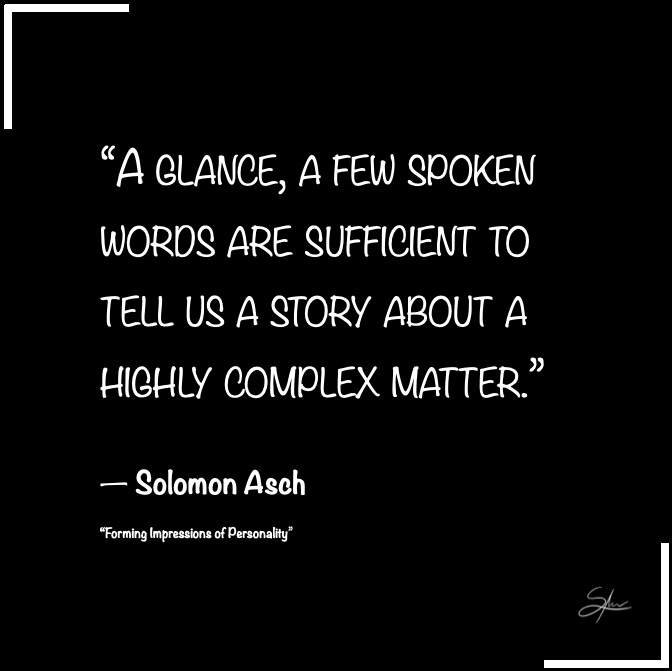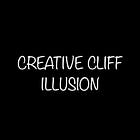Atomic Knowledge #13: Halo Effect
A single positive—or negative—trait can cast a long shadow over all other evaluations.
⏱️ Reading Time ≈ 1 min
The halo effect is a pervasive cognitive bias wherein an overall favorable impression of a person, brand, or product unduly influences the evaluation of its individual characteristics. Initially formalized by Edward Thorndike in 1920 and further developed in the decades later, this phenomenon leads individuals to generalize from a single outstanding attribute—such as physical attractiveness or a notably positive trait—resulting in an all-encompassing judgment that may not be justified by objective evidence. For instance, an attractively packaged product may be assumed to possess superior quality across all aspects, despite a lack of supporting data. Conversely, the horn effect (or inverse halo effect) occurs when a single negative attribute disproportionately tarnishes the overall impression. In marketing, these biases are exploited to build brand loyalty and influence consumer behavior, while in personnel evaluations they can skew performance assessments in favor of those who make a strong initial impression. Recognizing and mitigating these biases is essential for more objective decision-making in fields ranging from human resources to consumer research.
Make the most of it! Until next time, S.
Deepen Your Knowledge
Thorndike, 1920 - A Constant Error in Psychological Ratings (paper, doi)
Asch, 1946 - Forming Impressions of Personality (paper, doi)
Nisbett, Wilson, 1977 - The Halo Effect (paper, doi)
Katopol, 2018 - The Halo Effect and Bounded Rationality (paper, doi)
Previously on Atomic Knowledge
Disclaimer: whenever I encounter an interesting concept—whether it’s a theory, speculative idea, formula, or law—I strive to deeply understand it and see how it connects within my knowledge network. Once I’ve grasped its essence, I distill it into a concise, no-frills note: simple, atomic, and memorable. To keep things sharp and focused, I stick to a “lazy” limit of 1,000 characters, give or take. These atomic notes, often described as mental models, have revolutionized how I understand and link ideas, fostering a more organic and interconnected expertise. Believing in the power of sharing, I’ve decided to make them public. Think of these notes as tools: mental models to keep in your back pocket for quick use or prompts to deepen your understanding when inspiration strikes. Subscribe if you’re curious—you won’t want to miss them.









